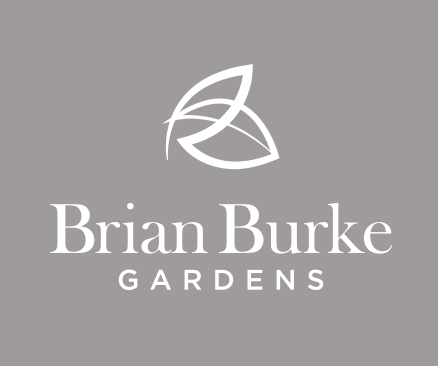We, quite naturally, associate gardens with plants. The Oxford English dictionary defines a garden as “a piece of ground adjoining a house, used for growing flowers, fruit, or vegetables” or the plural gardens as “ornamental grounds laid out for public enjoyment and recreation”.

Architectural Gardens Are Not All About Plants
It is difficult to break the association between the concept of the garden and the attendant idea of flowers, shrubs and trees. Think Italy and pasta, the North-Pole and snow. You can’t, it seems, have one without the other in a similar way to not being able to conceive of a living room without armchairs or a kitchen without cabinets.
But in the design realm recently we have seen a drift to break free of the unconscious notion that gardens have to revolve around, or even contain , plants. After all some of the most famous gardens in history contained very few plants or none at all.
The Zen Buddhist gardens of Japan are an example. Some are no more than a stone walled enclosure, a floor of quartz gravel and artfully arranged groups of rocks. No flowers, no trees, no water. Zen gardens have an extraordinary, peaceful beauty and a surprising emotional impact. They were created as an allegory of the soul’s passage through the world to eternity. Great care and skill went into the choice, positioning and laying of the stone, gravel and other hard materials.
In our own more modest settings the two key questions are: what is the primary purpose of the space and what materials can best express the character you want to convey? The purpose will determine layout as well as the composition and functional qualities of the hard landscape design.
So, a garden without plants? The answer is certainly yes – a garden without any plants at all would be one of pure structure and sculpture the colours and textures of which could be as varied as those of plants. It could capture and reflect the moods of the seasons and come to life with the movement of sunlight.
Habitually in the course of my work I meet people who want pleasant, well designed usable practical garden space. The reasons are fairly standard; a place to entertain and hang out with friends, a place for the children to play, pleasant views from the inside, space to relax. A fairly common theme is the two adults having full time jobs, adults who simply are not interested in squandering any of their precious free time grappling with garden maintenance in which they are not the slightest bit interested.
I am consistently asked to devise a zero maintenance garden. There’s no such thing, no more than it’s possible to drive a zero maintenance car. What that person actually wants is no plants. A garden with no plants. This may sound like sacrilege but in terms of the way lifestyles are evolving it makes perfect sense.
Over the last 30 years, the demand for and price of building land has increased beyond belief. Consequently, gardens have got smaller. Simultaneously, peoples’ expectations have changed and they demand bigger, brighter homes with more living space and larger rooms. In an urban setting when you have a 4-5 bedroom detached house on a tiny plot, the garden you are left with is often not much bigger than the living room. So why not treat this space like any other room?
Outside furniture with waterproof cushions, comfortable user friendly outside cooking facilities, outside fireplaces, waterproof canvas photographs , interior paint colours outdoors, smooth rendered walls, timber cladding used to architectural effect, pots and sculpture, running water, thoughtful lighting, exterior tile – there’s no end to the options.
People equate plants with maintenance. Remove them from the equation and you can furnish and decorate your outside room in exactly the same way as you would any other room and in so doing augment the living environment of your home.
Bringing the inside out is the new bringing the outside in. You heard it here first.

Leave a Reply